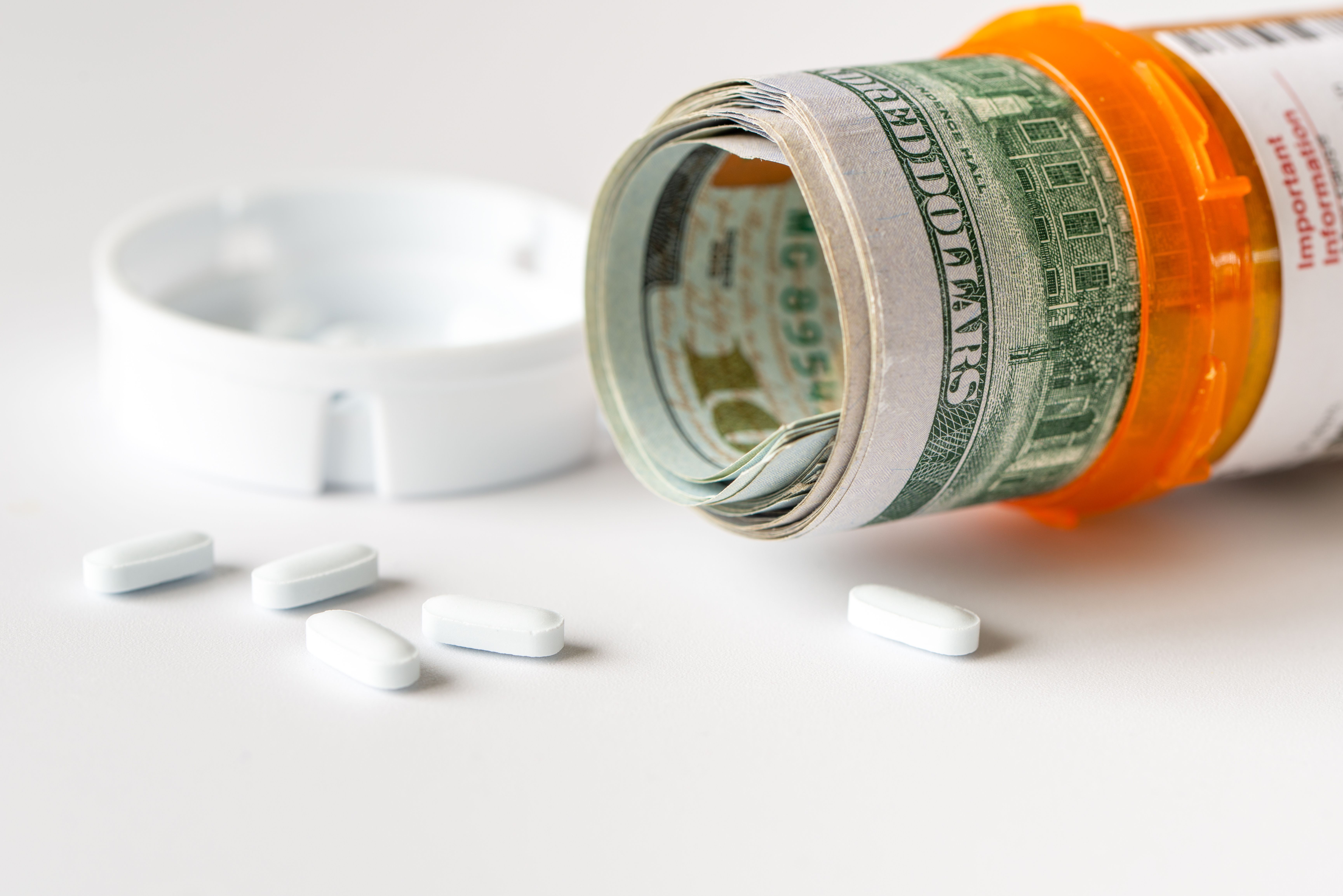- Center on Health Equity & Access
- Clinical
- Health Care Cost
- Health Care Delivery
- Insurance
- Policy
- Technology
- Value-Based Care
Patent Extensions Cost US $3.5 Billion in Delayed Generic Savings
A new study finds that drugmakers’ use of overlapping patents delayed generic entry for 4 top-selling drugs, driving billions in excess spending.
Brand-name drugmakers in the US often extend market exclusivity through overlapping patent thickets, delaying generic competition and keeping prices high.1 A new study analyzing commercial and Medicare drug spending from 2011 to 2021 found that such delays for 4 top-selling drugs—imatinib (Gleevec; Novartis), glatiramer (Copaxone; Teca Pharmaceuticals), celecoxib (Celebrex; Pfizer), and bimatoprost (Lumigan; AbbVie)—led to an estimated $3.5 billion in excess spending over 2 years.
This retrospective serial cross-sectional study is published in JAMA Health Forum.

“The excess spending was most pronounced in the first year following generic entry, when brand-name drugs still retained a considerable market share,” wrote the researchers of the study. “Although possible cumulative savings from timely generic competition continued to grow over time, the incremental reduction in excess spending decreased in later years, reflecting the stabilization of generic competition. These findings suggest that most avoidable spending occurred early after delayed generic entry.”
A patent thicket refers to the dense web of overlapping patents that brand-name drug manufacturers file to extend market exclusivity and delay generic competition.2 Instead of relying solely on a drug’s original patent, companies often layer on dozens—or even hundreds—of additional patents covering minor modifications, such as delivery devices or manufacturing processes.
This study analyzed 4 top-selling drugs—imatinib, glatiramer, celecoxib, and bimatoprost—that faced new generic competition between 2014 and 2018.1 Monthly drug spending data from 2011 to 2021 were obtained from a commercial claims database and a random sample of Medicare beneficiaries with Parts A, B, and D coverage.
Extended market exclusivity was defined as the period between expiration of the drug’s key patent and the first generic launch. The researchers modeled 2 scenarios: observed spending under the status quo and a counterfactual scenario without extended exclusivity.
Additionally, the researchers assessed spending patterns following generic entry, with weights applied to extrapolate findings to the full US commercially insured and Medicare Part D populations.
The study found that extended market exclusivity periods ranged from 7 months for celecoxib to 13 months for glatiramer, significantly delaying generic entry and driving up costs. Over the 2 years following generic competition, the absence of these extensions would have reduced US drug spending by an estimated $3.5 billion—including $1.9 billion (95% CI, $1.3–$2.5 billion) in commercial insurance and $1.6 billion (95% CI, $1.1–$2.1 billion) in Medicare Part D.
By drug, the excess spending was estimated at $67 million (95% CI, $22–$115 million) for bimatoprost, $726 million (95% CI, $516–$938 million) for celecoxib, $1.7 billion (95% CI, $1.0–$2.4 billion) for glatiramer, and $1.0 billion (95% CI, $0.8–$1.2 billion) for imatinib.
However, the researchers noted several study limitations. First, the findings may not be generalizable because only 4 top-selling drugs with complete patent data were analyzed, excluding biologics. Second, reliance on SSR Health rebate estimates may have underestimated net spending, and reasons for delayed generic entry were not evaluated. Third, Medicaid was excluded, as mandatory rebates and inflation-linked protections likely minimized excess spending. Therefore, the results may not have captured the full scope of costs across all drugs and payers.
Despite these limitations, the researchers believe the study highlights the substantial financial impact of patent strategies that delay generic competition.
“Policies to limit the frequency and effects of such extensions by ensuring that competition from generic drugs occurs in a timely fashion as close to expiration of the patents on a drug’s active ingredient or other key innovation can help [reduce] excess spending on prescription drugs by patients and the health care system,” wrote the researchers. “Such approaches can help ensure that US patients do not experience unnecessary out-of-pocket spending and make more resources available for spending on other innovative prescription drugs.”
References
1. Hong D, Tu S, Beall RF, et al. Estimating costs of market exclusivity extensions for 4 top-selling prescription drugs in the US. JAMA Health Forum. 2025;6(8):e252631. doi:10.1001/jamahealthforum.2025.2631
2. “Patent thickets” are anti-competitive and lead to higher drug costs. PCMA. May 17, 2021. Accessed August 20, 2025. https://www.pcmanet.org/rx-research-corner/patent-thickets-are-anti-competitive-and-lead-to-higher-drug-costs/05/17/2021/
